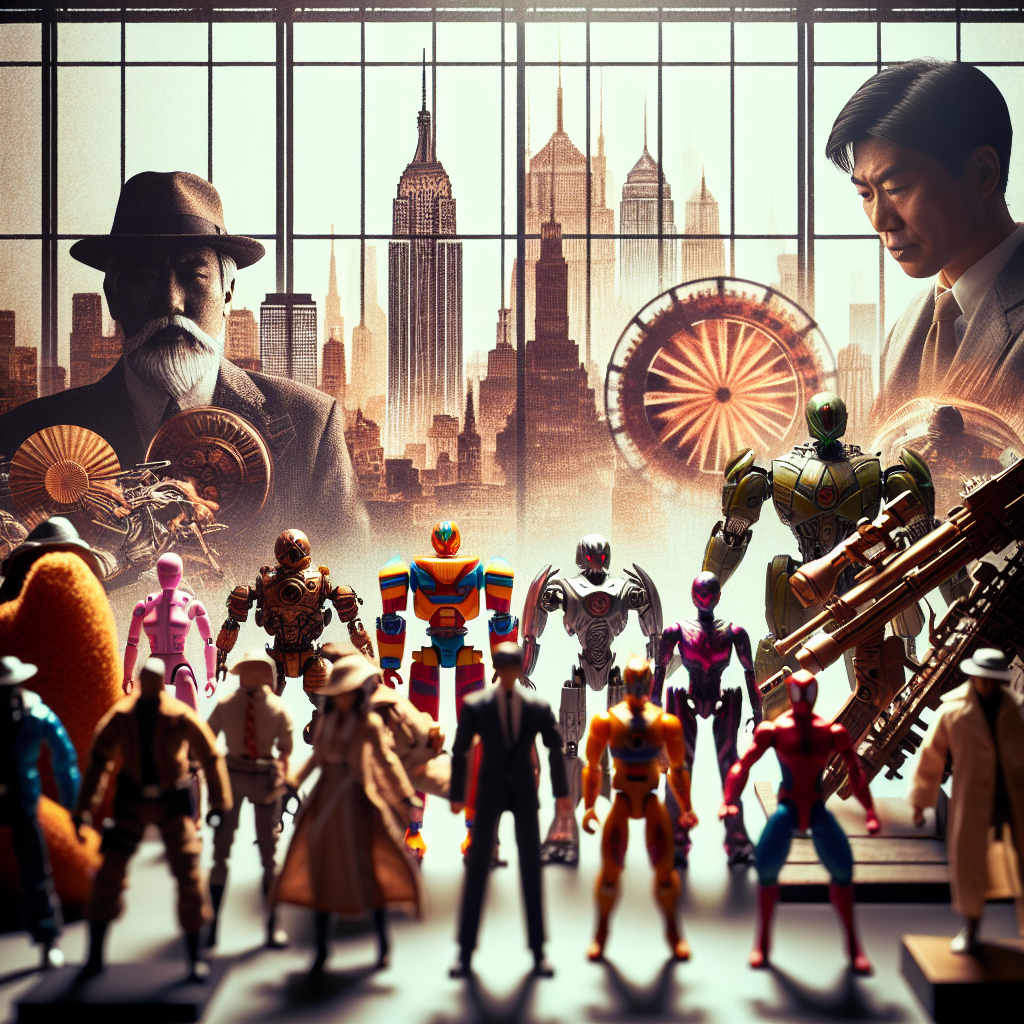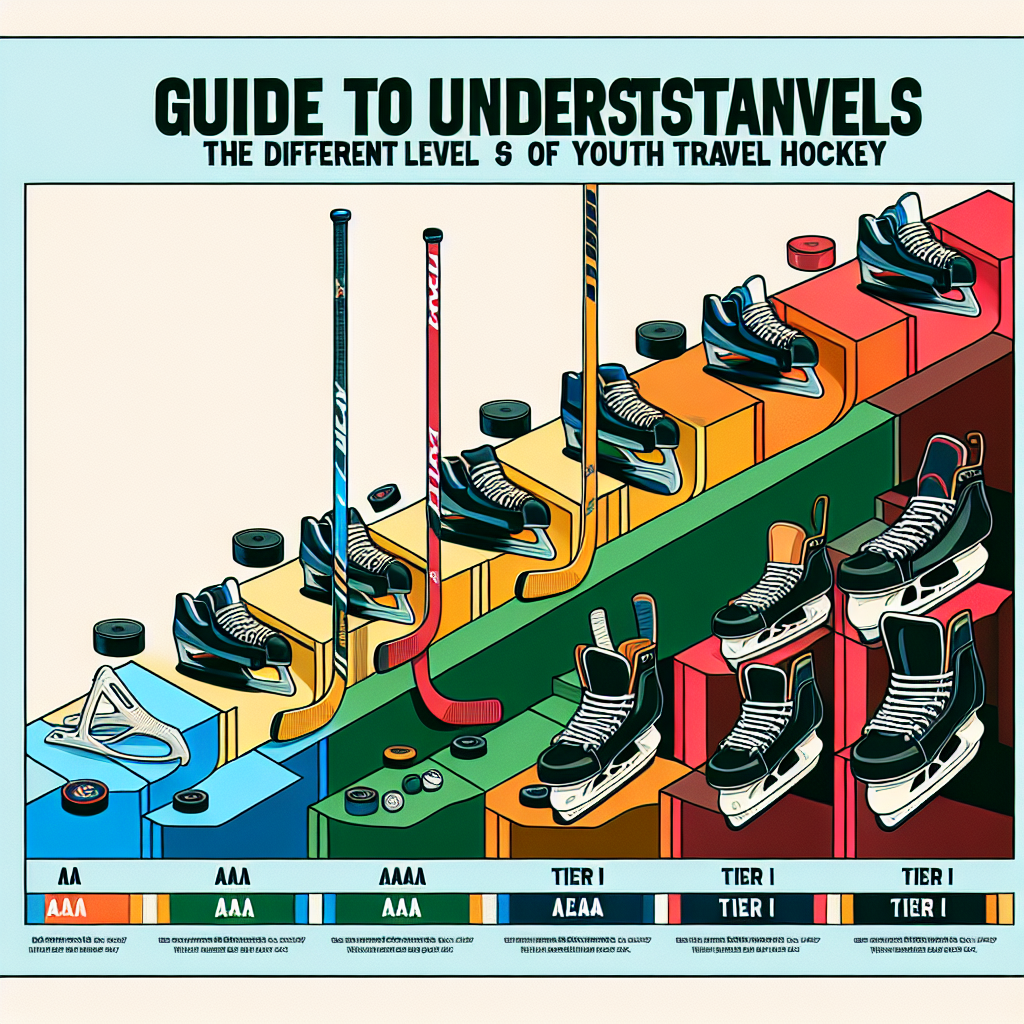The Rise of Articulated Action Figures in Japan and Their Influence on Western Toys
In recent years, the toy industry has witnessed a significant transformation due to the rise of articulated action figures, particularly from Japan. These figures, characterized by their impressive range of motion and intricate designs, have not only captivated the hearts of collectors but have also paved the way for new trends in Western toy markets. This blog post explores the phenomenon of Japanese figures, the impact of imports, design influence, and the importance of articulation in modern action figures.
The Allure of Japanese Figures
Japanese figures have long been synonymous with high-quality craftsmanship and innovative design. Unlike traditional western action figures, which often prioritize bulk and a limited range of motion, Japanese creators focus on articulation that allows for dynamic poses and expressive displays. This has made Japanese figures particularly appealing to collectors and casual fans alike.
- Incredible Articulation: Many Japanese figures boast multiple points of articulation, allowing for a level of flexibility that enables a wide array of poses.
- Attention to Detail: The designs often reflect the intricate aesthetics found in anime and manga, with features carefully crafted to replicate beloved characters.
- Collectibility: Limited edition releases and variations encourage collectors to explore different designs and brands, creating a thriving market.
The Influence of Imports
The rise of articulated action figures from Japan has prompted a surge in imports, making these toys more accessible to Western audiences. Companies like Good Smile Company, Bandai, and Kotobukiya have successfully marketed their products worldwide, leading to an increasing demand for high-quality figures. This influx has affected the Western toy market in several ways:
- Expanding the Market: The introduction of detailed, highly articulated figures has prompted Western companies to step up their game, resulting in better-quality action figures with increased articulation.
- Collaborative Ventures: Japanese toy companies have collaborated with Western franchises, bringing iconic characters to life with the unique touch of Japanese craftsmanship.
- Inspiring Innovation: The success of Japanese figures has inspired Western designers to innovate their approaches to character representation and articulation.
The influence of these figures is evident in various aspects of Western toy design. The popularity of Japanese figures has driven demand for more articulated designs, resulting in a shift away from static, rigid figures. Many collectors and enthusiasts are now seeking toys that reflect the same level of care and attention to detail found in their Japanese counterparts.
Design Influence: The Power of Articulation
One of the key features that set Japanese figures apart is their articulation. Articulated action figures allow for greater display options and playability, which can significantly enhance the user experience. Traditional figures often have limited movement, focusing primarily on appearance rather than functionality.
- Dynamic Posing: With articulated joints, collectors can position their figures in various poses that reflect the character’s personality and iconic moments from their stories.
- Customization: Many toy enthusiasts enjoy customizing figures, and articulation allows for modifications to be made with ease, further enhancing their play experience.
- Showcasing Creativity: The ability to create elaborate displays encourages creativity among fans, fostering a passionate community centered around both display and storytelling.
Articulation often means better playability for younger audiences as well, making these figures not merely collector’s items but also toys that can withstand the rigors of play. This trend has led to a broader acceptance of articulated figures beyond niche markets, welcoming new generations to the world of action figures.
The Future of Action Figures
As Japanese figures continue to influence the Western toy market, the evolution of design and articulation is expected to persist. Companies that embrace these trends are likely to thrive, while those that resist change may find their products becoming obsolete in a rapidly evolving industry.
Furthermore, as technology progresses, we may see even more innovations in the field of articulated action figures. The integration of smart technologies or enhanced materials could introduce functionalities that go beyond the physical limitations of today’s toys, offering collectors an experience that transcends play.
Conclusion
The rise of articulated action figures in Japan has not only revolutionized the toy industry within the country but has also left a lasting impact on Western toys. Inspired by the craftsmanship, dynamic posing, and thoughtful design, Western companies are adapting to meet the expectations of a more discerning audience. As both markets continue to evolve, one thing remains clear: articulated figures will have a significant role in shaping the future of toy design.
As fans and collectors, we are witnessing a golden age of action figures. With both Japanese and Western designers continuing to push the boundaries of creativity and innovation, there’s no telling how far this journey will take us. For now, let us revel in the diverse, artfully crafted world of articulated action figures!




